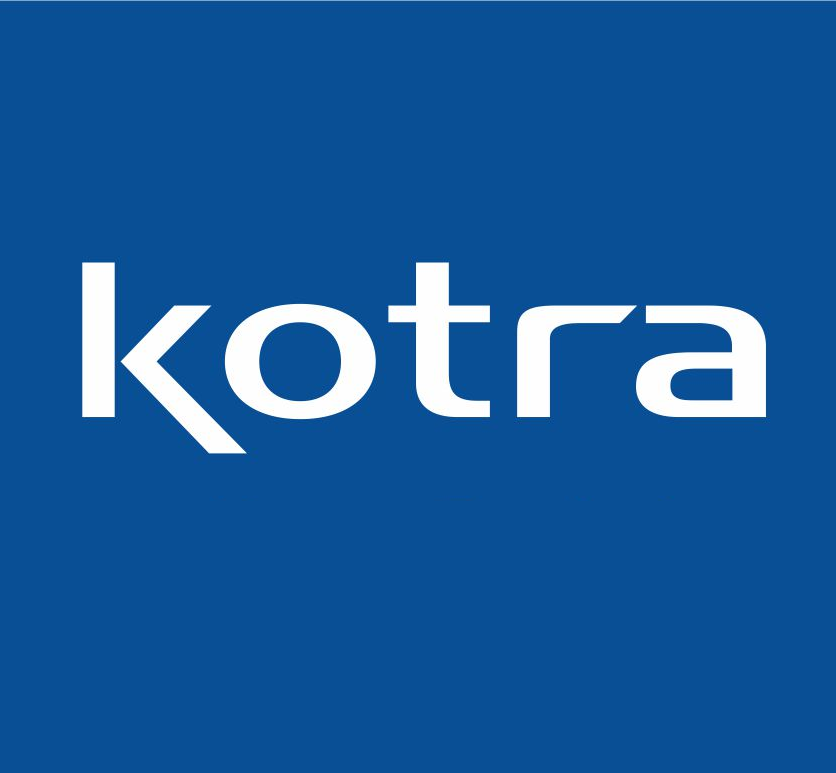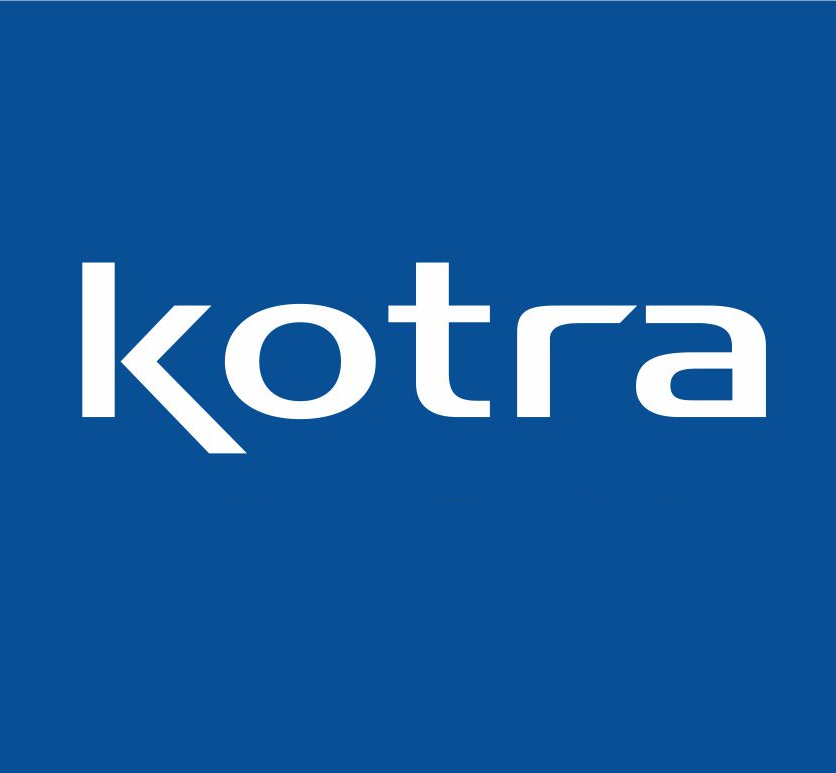In modern industrial and commercial settings, maintaining high hygiene standards has become a strategic priority. Hygienic cladding offers an effective solution by protecting walls from moisture, microbial contamination, and chemical damage, making it essential for hospitals, laboratories, and food processing plants.
The Hygienic Cladding Market is growing steadily as industries invest in materials that combine durability, ease of maintenance, and aesthetic appeal. PVC, stainless steel, and composite panels are preferred choices due to their resistance to corrosion, microbial growth, and chemical exposure.
Hygienic Cladding Industry reports indicate that the food, pharmaceutical, and healthcare sectors are major contributors to market growth. Facilities in these sectors require hygienic environments to comply with regulations, prevent contamination, and ensure safety.
Technological advancements have improved the installation process and quality of cladding materials. Modular designs, lightweight panels, and eco-friendly alternatives make hygienic cladding increasingly attractive to businesses aiming for both efficiency and sustainability.
Geographically, North America and Europe lead due to stringent hygiene regulations and higher adoption of advanced materials. Asia-Pacific is experiencing rapid growth, driven by expanding healthcare infrastructure, industrialization, and growing awareness of hygiene standards.
Strategic partnerships, mergers, and investment in research and development are helping companies expand their product offerings and technological capabilities. Innovation and sustainability are key factors that can differentiate market players and enable them to capture a larger market share.
In summary, the Hygienic Cladding Market is set for significant growth as industries worldwide prioritize hygiene, durability, and aesthetics. Companies offering high-quality, sustainable, and customizable solutions are expected to lead the market in the coming years.


